Museum is a place where a collection of objects illustrating science, art, history, or other subjects is kept and displayed. At various museums, visitors can learn how people lived and worked in early times, what makes a work of art a masterpiece, or how electricity works. Some people also consider the term museum to apply to such educational institutions as planetariums, botanical gardens, zoos, nature centers, and even libraries.
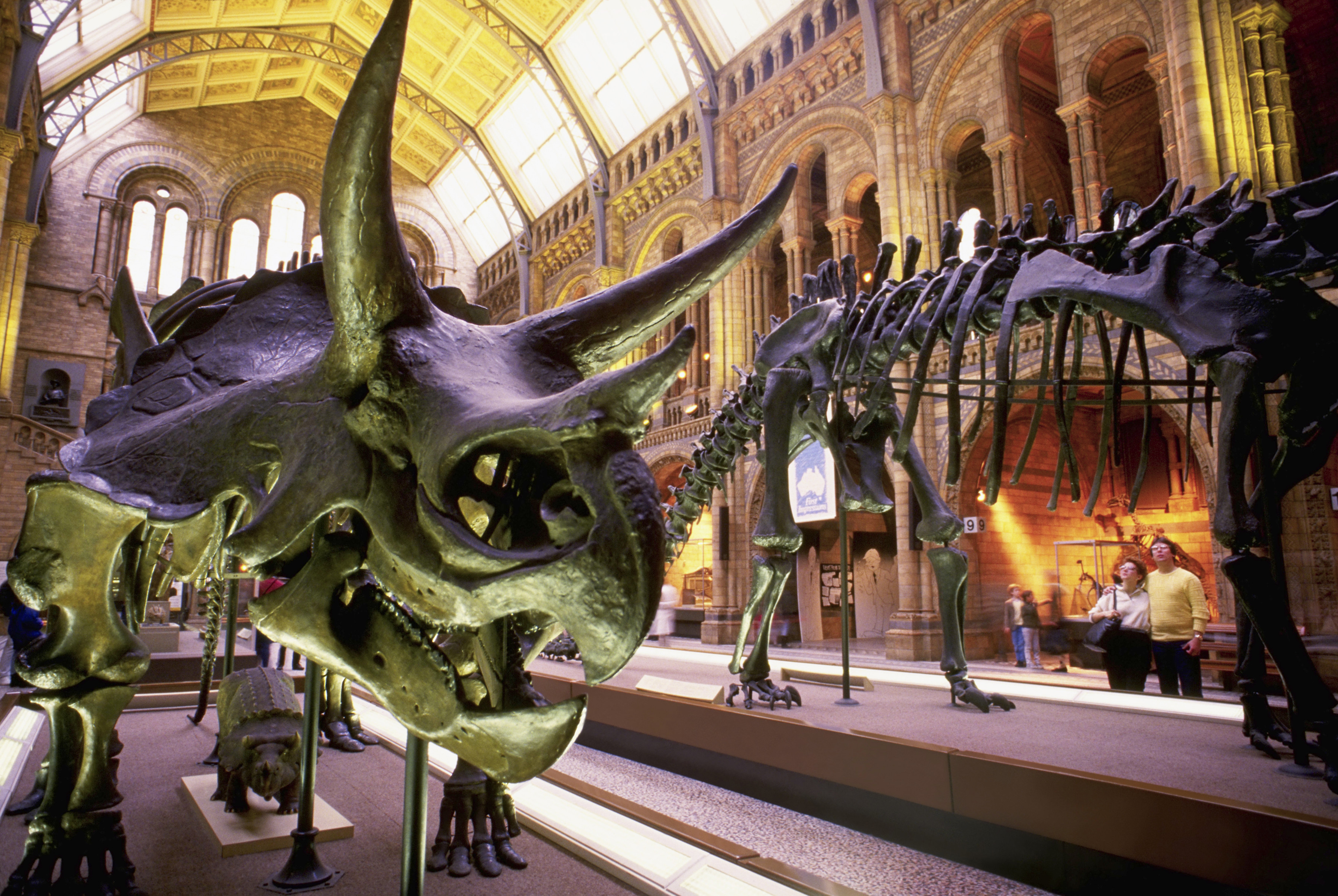
A museum collects, cares for, and researches the objects it displays. It also keeps a study collection of undisplayed objects. These objects–sometimes called artifacts–are often studied by students and researchers.
Kinds of museums
There are three main kinds of museums: (1) art museums, (2) history museums, and (3) science museums.
Art museums
preserve and exhibit paintings, sculpture, and other works of art. The collections of some art museums include work from many periods. Famous museums of this type include the Louvre in Paris and the Metropolitan Museum of Art in New York City.

Some museums specialize in artworks of one period. For example, the Museum of Modern Art in New York City displays works created since the late 1800’s. Other museums exhibit only one type of art. The Museum of International Folk Art in Santa Fe, New Mexico, for example, specializes in folk art from around the world.
Many art museums also have special exhibits. They borrow works of art from individuals or other museums for such exhibits, which usually last several weeks.
History museums
illustrate the life and events of the past. Their collections include documents, furniture, tools, and other materials. Many cities and states have historical societies that operate history museums. Most of these museums have exhibits on local history.
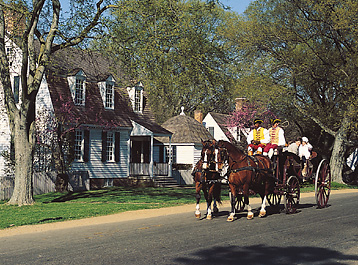
Other types of history museums include living history museums. Museums of this type include living history farms, historic houses, and historic villages. These museums show how people lived or worked during a certain period. On living history farms, workers demonstrate how crops were planted and harvested in earlier times. Historic houses, such as Mount Vernon, George Washington’s home near Alexandria, Virginia, have been restored to their original condition and are open to the public. Williamsburg, a historic village in Virginia, has restored and reconstructed buildings that date from the 1700’s. In this village, costumed interpreters demonstrate how early colonists performed such tasks as cooking, making shoes, and printing newspapers.
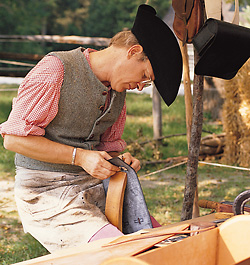
Science museums
have exhibits on the natural sciences and technology. Museums of natural history exhibit displays of animals, fossils, plants, rocks, and other objects and organisms found in nature. Most of them, including the National Museum of Natural History in Washington, D.C., have exhibits on ecology and the evolution of human beings. Many museums of natural history have special exhibits on dinosaurs and other topics.
The exhibits in science-technology museums explain the operations of various types of machines and industrial methods or trace the development of a particular field of technology. Visitors to the Museum of Science and Industry in Chicago can take a guided tour through a realistic reproduction of a coal mine. The National Air and Space Museum in the Smithsonian Institution in Washington, D.C., has exhibits on the history of aviation and space travel.
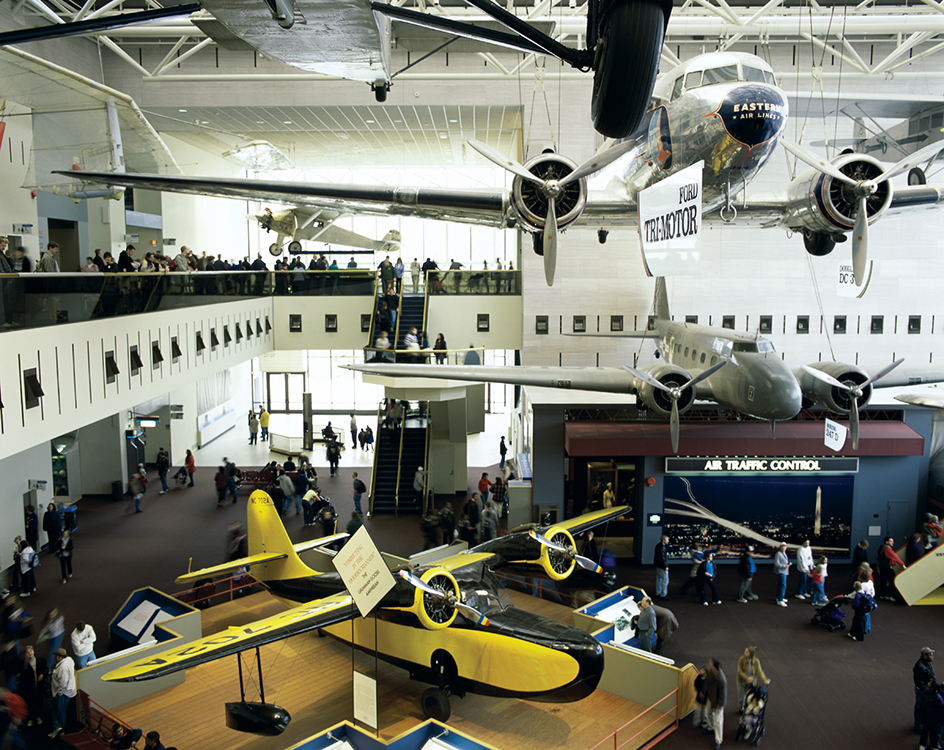
Other types of museums
feature exhibits on only one subject. Circus World in Baraboo, Wisconsin, has the world’s largest collection of circus wagons. The National Baseball Hall of Fame and Museum in Cooperstown, NewYork, shows highlights of baseball history and displays the uniforms of famous players. Other museums specialize in such subjects as automobiles, clocks, and dolls.
Museums that display materials from several fields of study are called general museums. Children’s or youth museums have exhibits designed to explain the arts and sciences to young people.
A few museums display reproductions or copies of objects. For example, some historical museums have life-sized figures sculptured from wax or plastics. Most of these figures are realistic likenesses of important people in history. The figures are dressed in appropriate costumes and placed in lifelike settings.
Functions of museums
Museums perform three main functions. These institutions (1) acquire new materials, (2) exhibit and care for materials, and (3) provide various special services.
Acquisition of materials.
Every new object that a museum adds to its collection is called an acquisition. Many acquisitions are gifts from people who collect such items as paintings, precious stones, or sculpture. Other gifts include items that have been kept in a family for many generations, such as a quilt or a journal of an ancestor.
Sometimes a museum buys an item needed to fill a gap in one of its collections. Museum employees may find new materials on archaeological expeditions or field trips. Museums also borrow materials or entire exhibits from other museums. Acquisitions are received by the museum registrar, a staff member who records the description of each object. Every acquisition is photographed and given a number. Museum officials determine the value of each object and insure it for that amount.
Exhibition and care of materials.
Various members of the museum staff prepare the materials for exhibition. The museum curator may conduct research to learn more about objects. Museum conservators clean, preserve, or restore objects before they are exhibited.
The curator decides how materials are displayed. For example, a new object may be added to an existing exhibit or become part of a special exhibit. It may be hung on a wall or placed in a case. Designers plan and create displays. They build cases and furniture for the displays and set up lights and electric wiring. Preparators create display backgrounds and prepare materials for exhibit. Every exhibit receives a label that gives visitors some information about it. Descriptions of all objects appear in the museum’s catalog as well.
Museums also protect their exhibits from loss or damage. The doors and windows of many museums have alarms in addition to locks. Exhibit cases are locked, and some may be connected to alarms. Guards patrol museums. Museums may use special light bulbs and devices that control humidity and temperature to protect objects from environmental damage.
Special services.
Many museums have an education department that gives lectures and classes on the museum’s collection. Most museums offer gallery talks, guided tours, and other programs for children and adults. Other activities provided by museums include art festivals, concerts, and hobby workshops. Many museums publish bulletins and pamphlets that describe current and future exhibits. Museums also furnish scholars with research materials and the use of special laboratories and libraries. Evaluation specialists determine how well the museum meets the educational needs of the public. Some museums serve as places where local artists can exhibit their work.
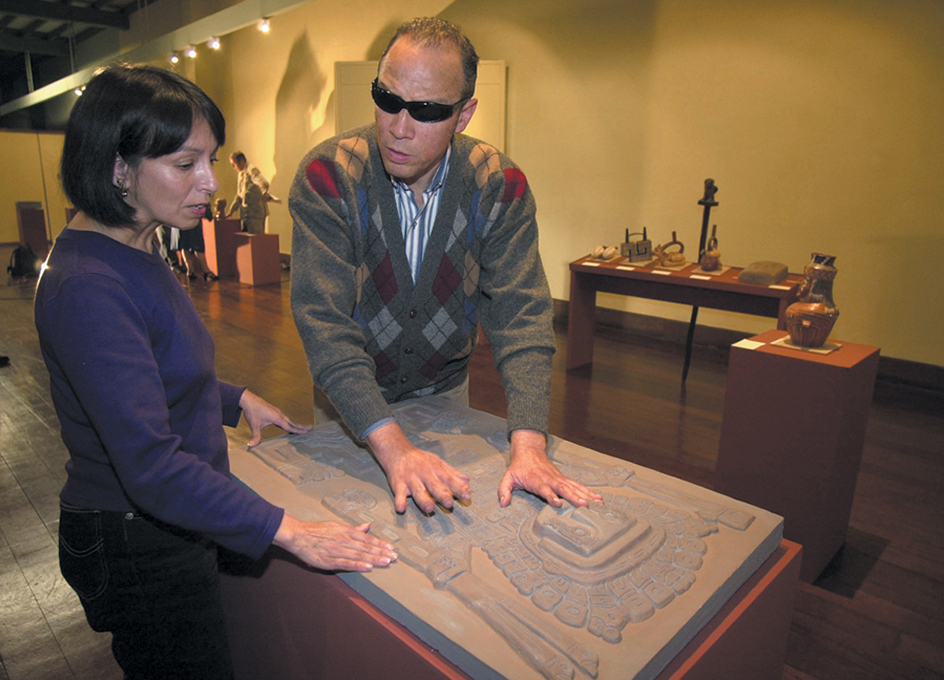
History
The word museum comes from the Greek word mouseion. In ancient Greece, the mouseion was the temple of the Muses, the goddesses of arts and sciences. In the 200’s B.C., the word was used for a library and research area in Alexandria, Egypt.
Early museums.
Throughout history, churches have performed some of the functions of museums. Many worshipers enjoy viewing church furnishings and decorations, including paintings, sculpture, and other art.
During the A.D. 1400’s and 1500’s, European explorers brought back samples of animal and plant life from North and South America and eastern Asia. They also brought objects made by craftworkers of those regions. Many Europeans collected such materials. Some placed their collections in cabinets that lined the walls of long, narrow rooms called galleries. The collections themselves were called cabinets.
In the 1500’s and 1600’s, royal families hired famous artists and craftworkers to create luxurious art objects and furnishings. Today, the Uffizi Palace in Florence, Italy, and other museums own these collections.
The first public museum, the Ashmolean, opened in 1683 at Oxford University in England. The museum featured a collection of curiosities (rare or strange objects) donated by Elias Ashmole, an English scholar.
Museums of the 1700’s.
In the mid-1700’s, a Swedish botanist named Carolus Linnaeus developed a system of classifying plants and animals. For many years, as a result of his work, scientists concentrated more on putting organisms into various groups than on acquiring new knowledge. Collections of scientific specimens were used mainly for classification purposes.
During the late 1700’s, scholars began to study and organize large and complex collections of all kinds. Valuable works of art were separated from objects of little artistic worth. At about this time, people began to use the word museum to describe a place where collections could be seen and studied.
The demand for public museums grew in the 1700’s, a period when people began to believe that education should be available to everyone. In 1759, the British Museum in London opened with exhibits of manuscripts, plant specimens, and curiosities. These materials had once belonged to the collections of kings and noblemen. In 1750, the Palais de Luxembourg was opened on certain days for the public to view the French royal art collection. During the French Revolution (1789-1799), the government moved the royal collection to the Louvre, which became a public museum in 1793.
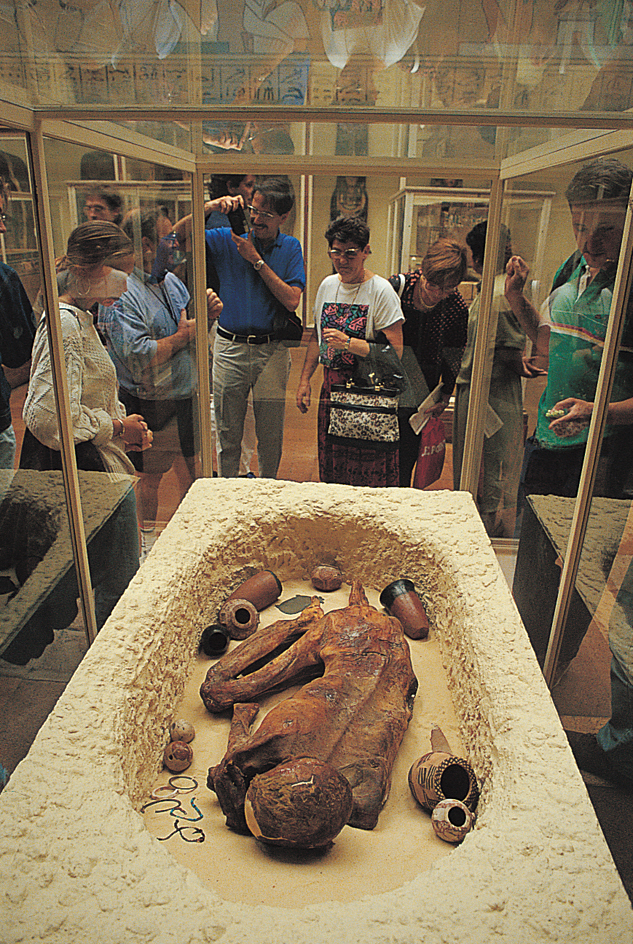
Early United States museums.
In 1773, the Charleston Library Society opened the first museum in the American Colonies. It featured objects related to the natural history of South Carolina. In the 1780’s, Charles Willson Peale, a painter who studied natural history, opened a museum in his Philadelphia home. Peale’s museum displayed animal and mineral specimens and portraits of Thomas Jefferson, George Washington, and other heroes of the Revolutionary War.
In 1866, George Peabody, a Massachusetts banker, gave large sums of money to Harvard and Yale universities for the establishment of science museums. Many colleges and universities then began to use donations from wealthy people to establish museums.
By 1876, the United States had over 200 museums. In that year, the Centennial Exposition was held in Philadelphia. This world’s fair included exhibits from various parts of the world. Its exhibits influenced the construction of an increasing number of museums.
Early Canadian museums.
In 1842, Abraham Gesner, a geologist and inventor, established the first museum in Canada, the New Brunswick Museum, in Saint John, New Brunswick. The museum featured plants and animals, rocks and minerals, and Indian relics. Later in 1842, Sir William Logan, the director of the Geological Survey of Canada, established a natural science museum in Montreal. This museum eventually became the Canadian Museum of Nature and is now located in Ottawa.
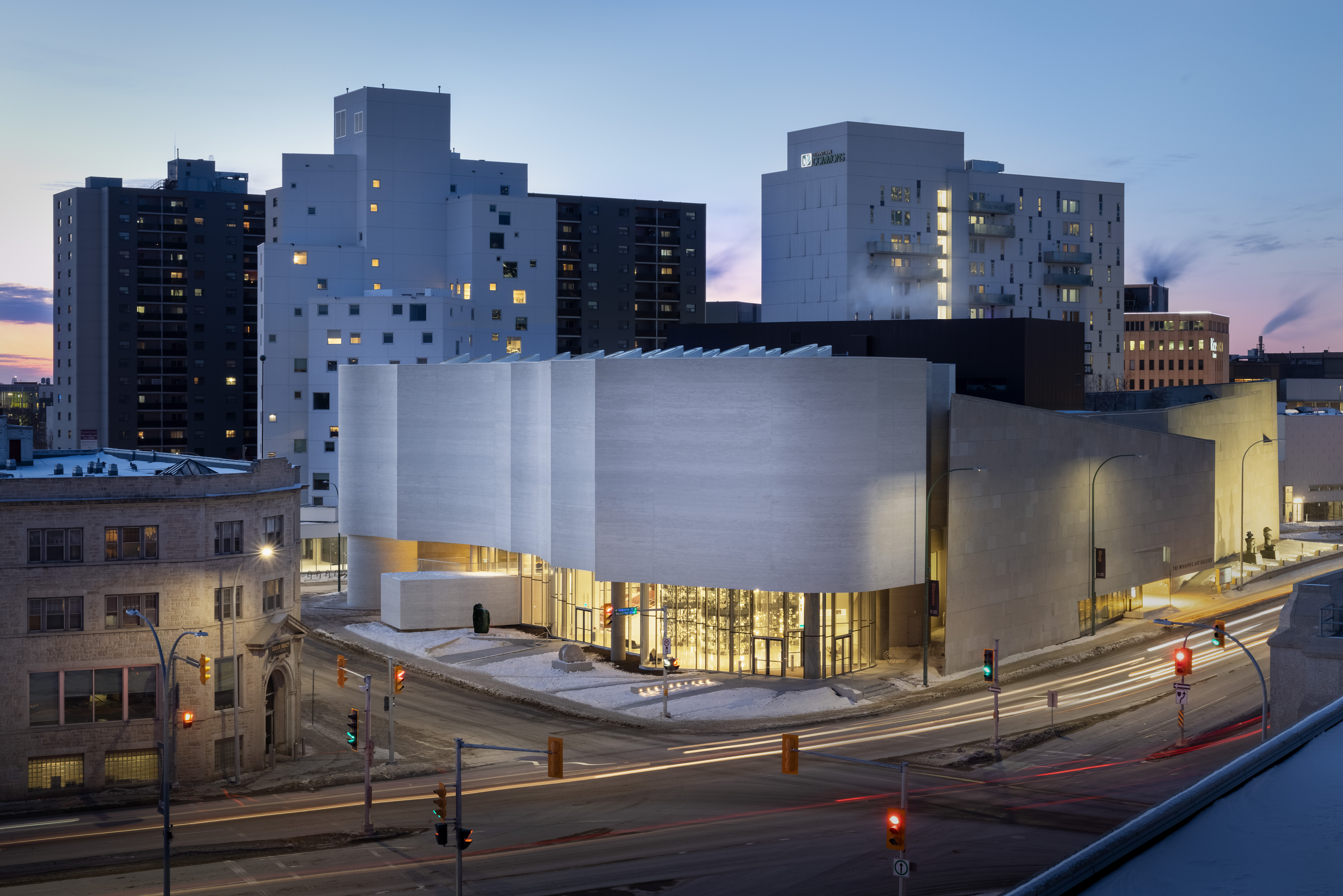
The Montreal Museum of Fine Arts, Canada’s first art museum, was founded in 1860. It featured works by Canadian and other artists.
Museums today.
Public interest in museums grew during the late 1900’s. Such events as the American Bicentennial Celebration in 1976 helped raise interest in cultural activities. Museums also offered exhibits that appealed to the interests of large numbers of people rather than the special needs of scholars.
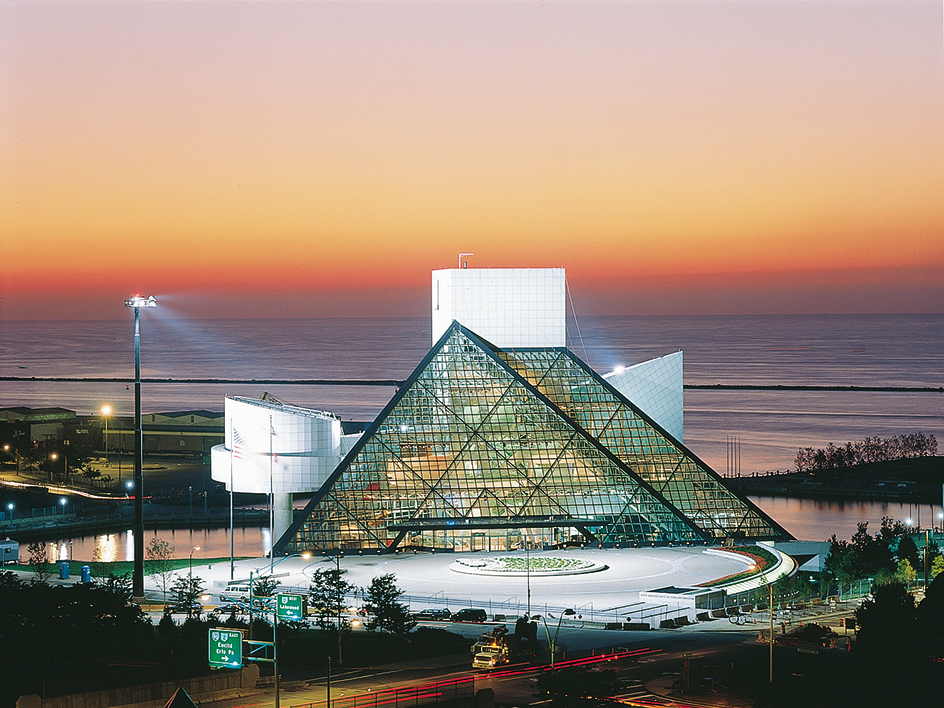
In the 1990’s, many museums began using the Internet, a vast network of computers, to exhibit materials to a worldwide audience. Using World Wide Web pages, many museums allow people to view art and artifacts on their home computers. The Internet has also helped museum workers acquire materials, conduct research, and obtain funding.
Many museums have become involved in disputes with national governments over the ownership of artworks and artifacts. Some governments have called for the return of items that may have been stolen from their original owners or removed illegally from their country of origin. As a result, many museums have examined the provenance (ownership history) of items in their collection and have returned some items to their countries of origin.
Museum operations are funded by several sources. These sources include foundations and corporations; national, local, and state governments; and individuals. Some museums charge admission and sell reproductions or gifts relating to their exhibits. Some offer food services, movies, or concerts for a fee. Museums also may earn money by selling duplicate or less desirable items from their collections.
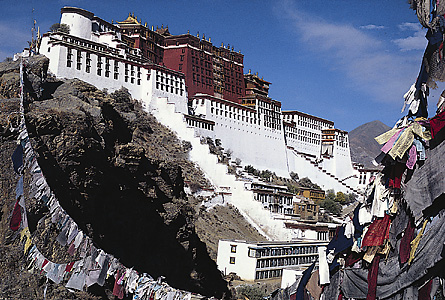
Careers
Most of the museum jobs described in this article require a college degree. Museums hire men and women with training in such fields as art history, history, and library science. The staffs of many museums also include archaeologists, botanists, geologists, zoologists, and other scientists. Many colleges and universities offer training in museum management and techniques. Several offer degrees in museum studies. Many museums offer internships and work-study programs for students at the graduate and undergraduate levels.
